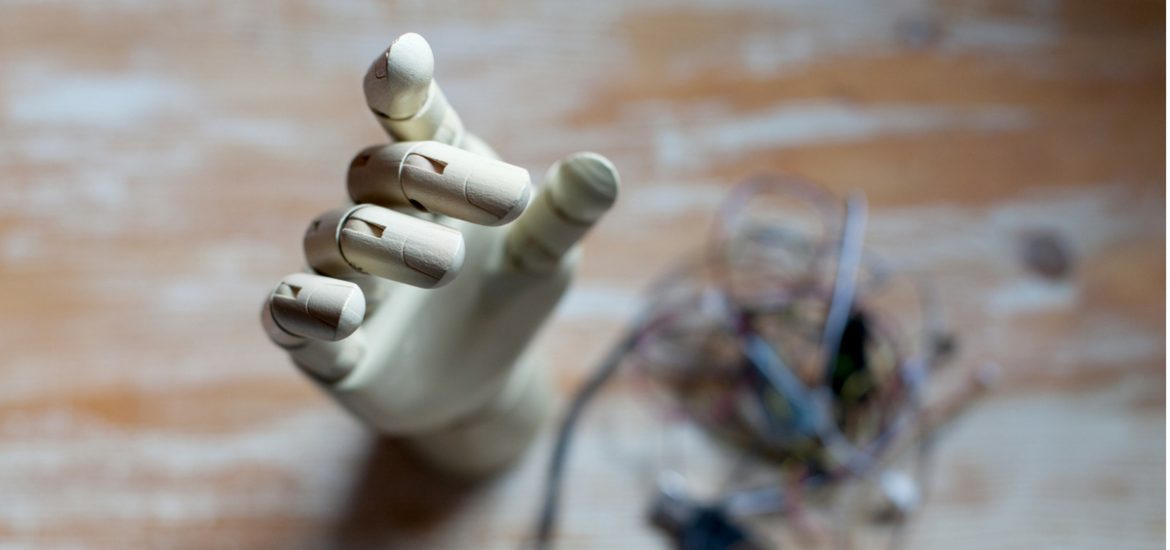One of the major challenges with artificial limbs is the lack of something called embodiment ― the idea that prosthetics actually feel like a real limb ― mainly because bionic replacements do not provide continuous multisensory feedback. This feat has never been achieved with neuroprosthetics alone, however, a new study published in the Journal of Neurology, Neurosurgery & Psychiatry on August 12 has reported that by using virtual reality amputees can actually be convinced their prosthetic limb belongs to their body (1).
The study builds upon research previous research that gave amputees the ability to feel with their prosthetic hand by directly relaying information about touch from sensors on the prosthetic fingertips to the nervous system, passing signals through electrodes surgically wired to the main nerves of the stump (2). This newest breakthrough was achieved by combining these artificial sensations (neuroprosthetics) with a digital technology called coherent multisensory visuotactile neural stimulation (VTNS). In other words, the patient’s nerves were stimulated at the tip of the stump while the patient wore virtual reality goggles which simultaneously provided visual cues ― a glowing index finger.
Often two major problems exist. The first is that amputees can still feel their limb even when it is gone. Furthermore, their perception of the phantom limb is frequently distorted, for example, the phantom limb feels shorter than an actual limb, known as telescoping. The second issue is that commercially available prosthetic limbs do not provide a sense of touch. This lack of sensory feedback means a person must constantly watch their prosthetic limb to ensure correct manoeuvring.
To trick the brain into believing the prosthetic limb belongs to the body, a collaborative project, led by École Polytechnique Fédérale de Lausanne, used a combination of both sight and touch.
Although the study only included two patients, both reported that their prosthetic hand felt as though it did, in fact, belong to their body. This was achieved by administering artificial touch sensations and the visual glowing at precisely the same time. The patients also felt as if their phantom limb had extended into the prosthetic limb, whereas both patients reported the telescoping phenomenon prior to the experiment. Moreover, this sensation of elongation was felt for up to 10 minutes after the end of the experiment.
Experiences and sensations felt by the body are a direct result of multisensory information processed by the brain. This new method effectively provides two separate sensory inputs at the same time: visual (via VTNS) and touch (by stimulating residual nerves of the amputated limb). This type of multisensory neuroprosthetic approach may be able to reduce the illusions of phantom limb distortion or even the phantom pain that is sometimes experienced and may be able to further enhance prosthetic acceptance by allowing prosthetics to feel more like real limbs.
(1) Rognini, G. et al. Multisensory bionic limb to achieve prosthesis embodiment and reduce distorted phantom limb perceptions. Journal of Neurology, Neurosurgery & Psychiatry (2018) DOI: 10.1136/jnnp-2018-318570
(2) Raspopovic, S. et al. Restoring Natural Sensory Feedback in Real-Time Bidirectional Hand Prostheses. Science Translational Medicine (2014). DOI: 10.1126/scitranslmed.3006820
Image credit: Getty Images
Source: Virtual reality allows prosthetic limbs to be ‘embodied’













